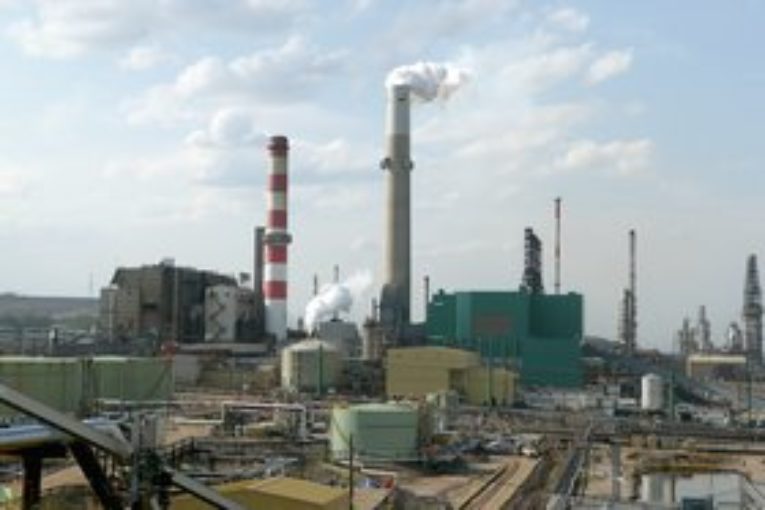
Suncor Energy’s oilsands facilities recorded their lowest-ever GHGs per barrel in 2017, according to the company’s latest climate report.
The improved performance at Suncor’s oilsands facilities helped offset an increase on Canada’s East Coast, leading to an overall corporate emissions intensity decrease.
Across its assets, Suncor produced 0.41 tonnes of CO2 equivalent per cubic metre of oil equivalent in 2017, which is approximately 2 percent lower than 2016 and 5 percent lower than the five-year average.
Emissions intensity at Suncor’s oilsands base mining and upgrading operations was 0.447 tonnes of CO2 equivalent per cubic metre of oil equivalent in 2017. This compares to 0.463 in 2016, 0.456 in 2015 and 0.561 in 2012. Absolute emissions rose to 8,454 thousand tonnes of CO2 equivalent, up from 7,138 thousand tonnes of CO2 equivalent in 2016.
“Absolute emissions from our mining, extraction and upgrading operations returned to typical levels seen prior to the 2016 Fort McMurray wildfire. Despite increased total emissions, the emissions intensity improved by approximately 5.5 percent from the 2014-2016 average intensity. This reflects reliable operations and continued energy and GHG emissions reduction efforts,” Suncor said.
“Projects to optimize fuel gas distribution, heat integration, and heat exchanger maintenance were implemented in 2017. Collectively, these improved reliability, increased production and reduced emissions intensity.”
Source: Suncor Energy
Emissions intensity at Suncor’s in situ operations was also about 5 percent lower than the 2014-2016 average.
In situ GHG intensity dropped to 0.438 tonnes of CO2 equivalent per cubic metre of oil equivalent. This compares to 0.450 in 2016, 0.445 in 2015 and 0.535 in 2012. Absolute emissions decreased to 5,420 thousand tonnes of CO2 equivalent, from 5,443 thousand tonnes of CO2 equivalent in 2016.
“This improvement is due to improved facility reliability and sustained low steam to oil ratios, resulting from optimized reservoir management strategies and strong infill well performance.”
Source: Suncor Energy
Suncor expects its overall emissions intensity to decrease going forward as a result of this year’s start-up of the Fort Hills oilsands mine. Fort Hills emissions intensity is expected to be roughly half of its base operations, and on par with the average crude refined in the U.S. This is a result of its key extraction technology, paraffinic froth treatment.
“This produces bitumen that doesn’t require upgrading prior to further refining and marketing,” Suncor said.
This year Fort Hills emissions intensity is expected to be 0.229 tonnes of CO2 equivalent per cubic metre of oil equivalent this year, dropping to 0.208 in 2019. Absolute emissions are expected to be 1,833 thousand tonnes of CO2 equivalent in 2018 and 2,187 thousand tonnes of CO2 equivalent next year.
On Canada’s East Coast, emissions intensity at Suncor’s Terra Nova project increased in 2017 to 0.344 tonnes of CO2 equivalent per cubic metre of oil equivalent, up from 0.278 in 2016 and 0.445 in 2015. Absolute emissions increased to 650 thousand tonnes of CO2 equivalent in 2017, up from 581 thousand tonnes of CO2 equivalent in 2016.
“These increases were due to reduced production and extended maintenance on the facility’s vapour recovery unit,” Suncor said.
You can read more of the news on source
